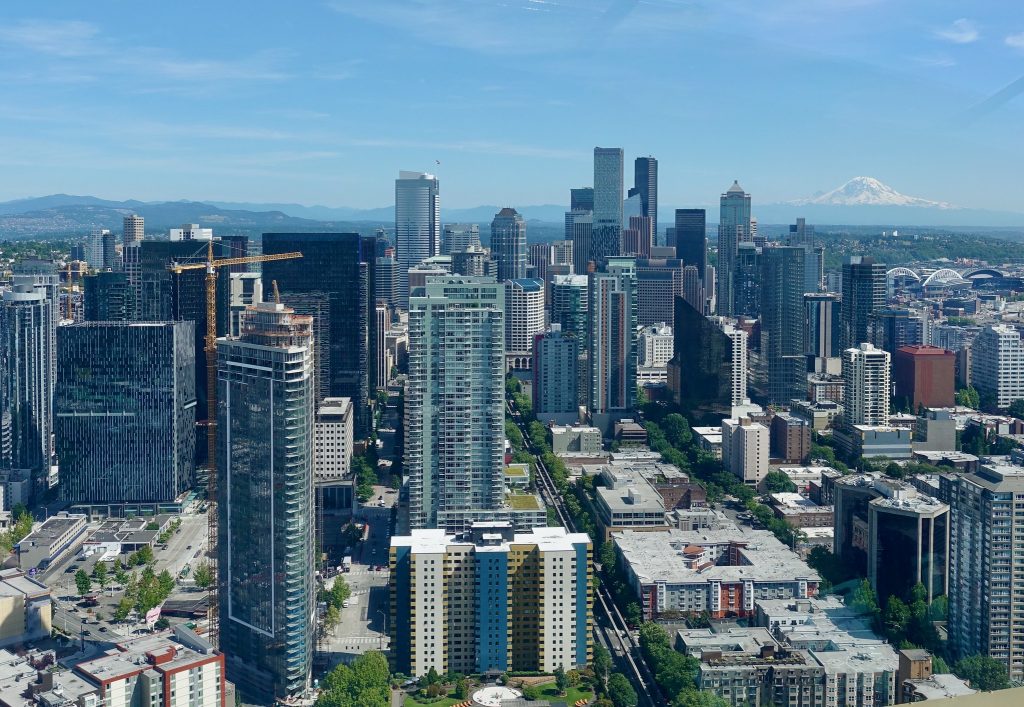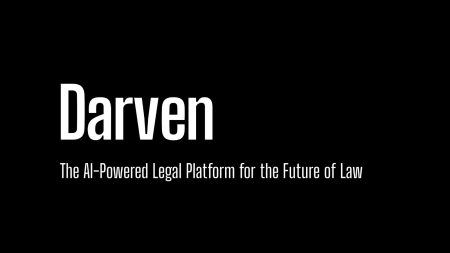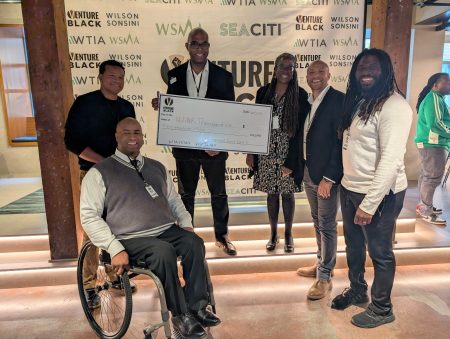The concept of office-to-residential conversions in downtown Seattle has been a topic of discussion in the post-pandemic city, focusing on downtown regeneration and addressing rising housing costs. With remote work becoming more common, many office buildings are sitting partially occupied or empty and are no longer needed in their current state. Seattle Mayor Bruce Harrell proposed easing the conversion approval process to encourage downtown recovery, suggesting exemptions from design review standards and Mandatory Housing Affordability (MHA) requirements as incentives.
However, the challenges of office conversions extend beyond just clearing the path for approval. One major obstacle is the cost, as office buildings were not initially designed for residential use. Significant renovations are often necessary to create livable spaces, such as adding kitchens and bathrooms and increasing natural light through modifications to facades, ceilings, and walls. These changes can be expensive, and upgrades must align with various codes related to land use, building, and energy.
Kevin Wallace, president of Wallace Properties, believes that building residential real estate in Seattle may no longer be financially viable for developers, and office conversions do not address the bigger issue at hand. Al Levine, a former director of affordable housing, argues that the proposed incentives are insufficient to cover the high costs of conversions, suggesting that additional city subsidies may be necessary. Suitable buildings for conversions are limited in number, with estimates ranging from single-digit percentages to 11 percent nationally.
While office-to-residential conversions have been successful in some cities, such as Washington, D.C., Chicago, and Boston, Seattle is still exploring the potential for such projects. The Queen Anne Plaza building is one of the first post-pandemic conversions in Seattle, with developers submitting plans for review. The city has also considered mixed-use spaces that combine work and living areas, catering to the growing tech workforce accustomed to remote work arrangements. This innovative approach could reduce costs and foster a collaborative work-life balance culture in converted spaces.
In conclusion, the complexities and challenges of office-to-residential conversions in downtown Seattle require a nuanced and strategic approach. While some cities have seen success with such projects, Seattle must carefully consider the financial implications, building regulations, and the limited availability of suitable buildings. Embracing mixed-use spaces and innovative solutions may be the key to making office conversions financially viable and attractive to the city’s tech workforce and residents. Developing a comprehensive strategy that addresses the unique needs of Seattle’s downtown area will be essential for the success of these conversion projects in the post-pandemic city.















